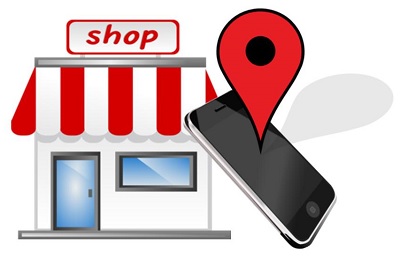This technology is being seen as one of the most promising trends that will be seen in 2014.
According to experts from many different reputable publications, geolocation based marketing has become one of the most promising trends that will be available to local businesses this year.
The technology is being called one of the biggest possibilities for businesses to boost revenues.
By using geolocation based marketing, businesses have the chance to increase their revenue by encouraging a growing number of people to actually step inside the doors of their stores. This form of advertising and promotions can provide shoppers with targeted messages based on specific locations. Their mobile devices, such as their smartphones provide the preferences and locations of the device users so that a store will be able to properly communicate with them in a timely and relevant way.
There are many different ways in which businesses could potentially benefit from geolocation based marketing.
 There are many different ways in which this technology can be used, including everything from location and checking services such as Foursquare and Yelp, but also through device tech such as near field communication (NFC). Beyond that close proximity tech that allows for information exchange in close proximity, there is also Bluetooth and GPS that can be used for geo-fencing that can automatically locate the consumer and send him or her a message when they have walked within a specific predefined zone.
There are many different ways in which this technology can be used, including everything from location and checking services such as Foursquare and Yelp, but also through device tech such as near field communication (NFC). Beyond that close proximity tech that allows for information exchange in close proximity, there is also Bluetooth and GPS that can be used for geo-fencing that can automatically locate the consumer and send him or her a message when they have walked within a specific predefined zone.
This type of advertising has already been used by a number of companies. Perhaps one of the most famous uses of the tech to communicate with customers is from Subway. They have already successfully launched a “You are here” campaign. This allowed users in close proximity to one of the restaurants to be prompted to opt in. When they did, they received MMS messages that gave them the opportunity to take advantage of special discounts as they walked by one of the restaurants.
The Domino’s pizza chain has also used geolocation based marketing to be able to better their customer loyalty and to help to encourage repeat sales from among their existing customer base.

